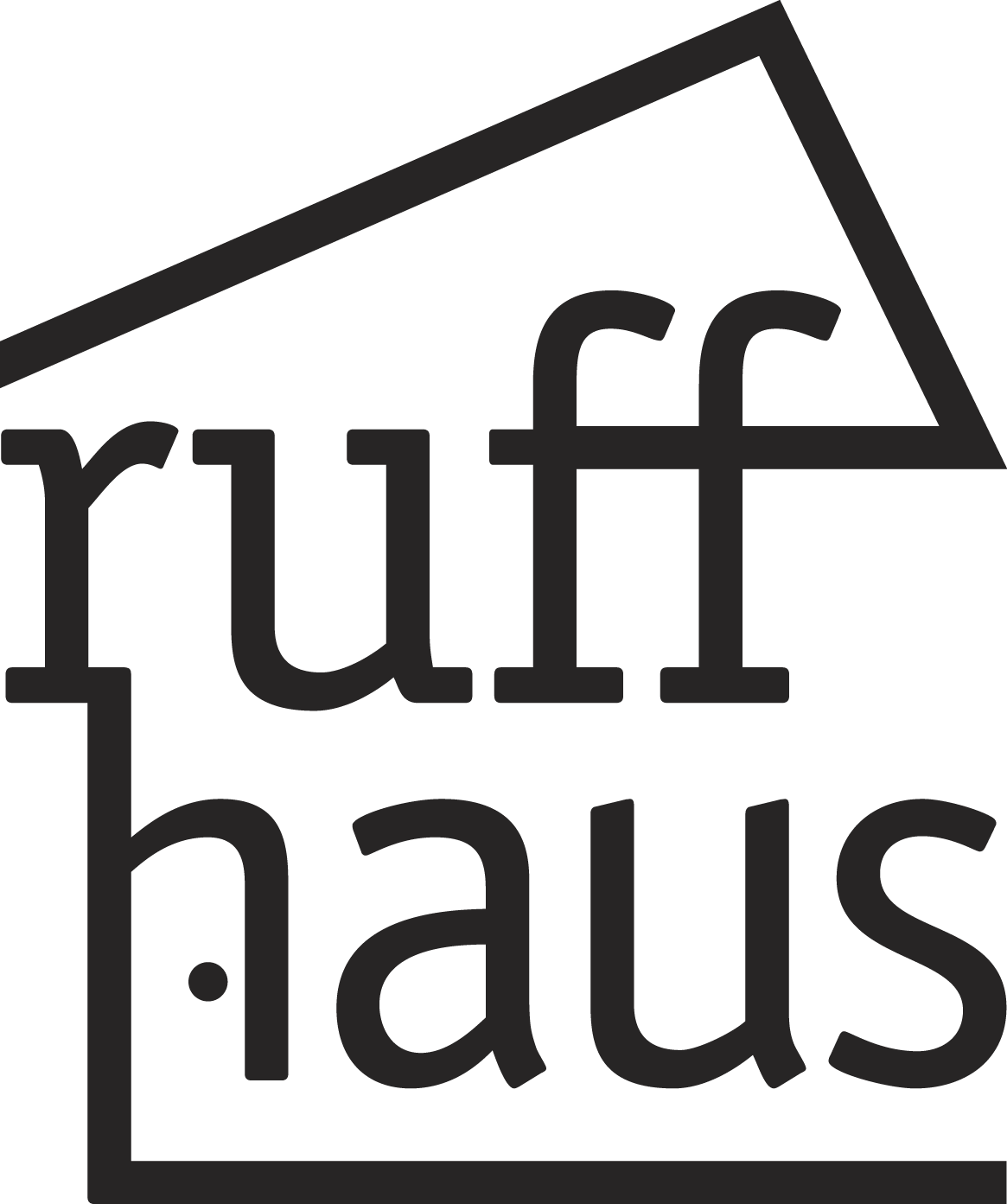Use of color is a very important component of your branding. According to one study, people subconsciously judge an environment or a product within the first 90 seconds of seeing it, with up to 90% of the impression being based on color. For that reason alone, the colors you choose for your brand should be based on what your company or product stands for, rather than simply going with a color that subjectively appeals to you.
The psychology of color
A good first step in selecting colors for your brand is gaining an understanding of the powerful associations that different colors can conjure. Some of the most common are:
- Pink – generally a feminine color, also conveying softness. Often used for baby products.
- Red – connotes energy, strength, passion and danger – or rescue from danger, as in Red Cross and the traditional color of fire trucks, where it was used because of another of its traits, high visibility.
- Orange – a combination of red and yellow, it is a high-energy color with generally positive associations.
- Yellow – the color of sunlight, it evokes happiness, optimism, and energy.
- Green – sitting in the middle of the visible color spectrum, this is a restful color, as evidenced by the use of green rooms (which are exactly that) where performers rest while awaiting their appearance on stage or in front of the cameras. It also has obvious associations with nature and – thanks to its use for US currency – with money.
- Blue – the color of sky and sea, it can symbolize trust, authority, and security.
- Purple – traditionally associated with royalty, originating with its use by Roman emperors, it conveys luxury, wealth, power, and dignity.
- Black – generally formal and elegant.
- Gold – closely associated with money and wealth, and so also evokes success and quality.
This is just a brief primer of the psychology of color. Before making a final selection, you should research your desired colors in more detail.
Making the choice
There are a number of other considerations to go along with these fundamental psychological associations. Check out what colors your competitors favor and what patterns you see, if any, in terms of color choices for your industry. Does it make sense for you to choose a color along the same lines as the majority because it has the appropriate connotations for your industry?
Consider the identity you want your brand to convey. What color or colors best do this? Do you want to pick a color that will help you stand out from the herd? That may be a fine thing to do, but be aware of colors that may have negative connotations in your line of business. If you are in the financial services sector, for example, you should probably avoid red, the color used to signal monetary losses and debt.
As with so many branding issues, you should be aware of cultural interpretations of color. For example, while white is associated in most of the western world with peace and purity, in parts of Asia, it is the color of death. This kind of cultural association is important not just for businesses with overseas interests or plans, but also for those catering to immigrant populations in the United States.
Finally, once you have developed a brand color strategy, deploy it consistently. Use it for your logo, your stationery and your product packaging, and be wary of changing it without a very compelling reason. Managing color consistency across multiple forms of media can be challenging, so work closely with your vendors to make sure they are color matching. Some colors – browns and purples among them – are notoriously difficult to reproduce consistently so take that into consideration when choosing your brand colors. Could you imagine that signature Coca Cola red sometimes being a little more orange than red? Of course not, because it is something the Coca Cola Company manages very carefully. Follow the habits of brand leaders and some day your brand may be a leader to follow!
Have a Pawsitively Tail Waggin' Good Day!
P.S. This information was provided by Ruff Haus Design - Your Loyal Marketing Companion. Established in 1997, we are a special breed of full service graphic design company that works with a premier pack of clients. We bring a fresh outlook and tail-wagging enthusiasm to your marketing program. Learn more about how we can help improve your brand management and support your marketing needs at www.ruffhaus.com


